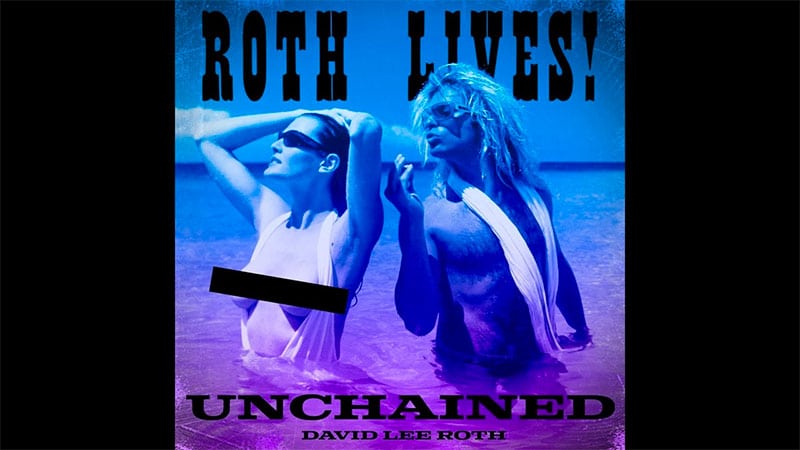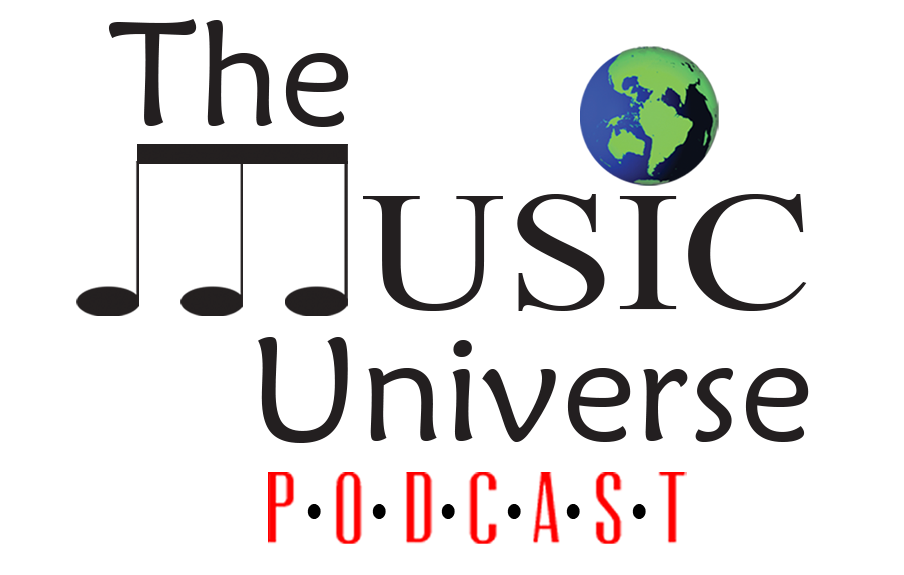Masters from Nirvana, REM, Etta James and more are presumed destroyed
A fire on the Universal Studios lot in Hollywood destroyed more than initially reported in 2008. Parts of the famous backlot where Back To The Future was filmed and other famous facades were used, including a video vault that housed film and TV masters in a 22,320-square-foot warehouse, went up in flames during the early morning hours of June 1, 2008. Building 6197, as it was called, but known as the Video Vault to backlot workers, also contained the masters of some of music’s most iconic recordings from the Universal Music Group (UMG) catalog.
Master tapes or recordings are irreplaceable as they are the primary source of a piece of recorded music from which all subsequent copies are derived. Building 6197 was UMG’s West Coast housing facility for these masters, along with multi-track recordings from which masters are assembled. It also held session master recordings that had never been released to the public. While UMG has other facilities throughout the world containing masters, the backlot warehouse included some of the company’s most prized recordings, including from dozens of companies UMG has acquired over the years.
A New York Times investigation this week reveals that more than 500 thousand masters of singles and albums from some of the most popular artists of the 20th and 21st Century were included in the blaze, despite the company assuring that losses were minimal.
“Thankfully, there was little lost from UMG’s vault,” a UMG representative told former Deadline reporter Nikki Finke at the time. “A majority of what was formerly stored there was moved earlier this year to our other facilities. Of the small amount that was still there and waiting to be moved, it had already been digitized so the music will still be around for many years to come. And in addition to being digitized, physical back up copies of what was still left at that location were made and stored elsewhere. So thankfully, smart care, administration and preparation of these gems prevailed.”
The NY Times investigation says the fire destroyed recordings by Benny Goodman, Cab Calloway, the Andrews Sisters, the Ink Spots, the Mills Brothers, Lionel Hampton, Ray Charles, Sister Rosetta Tharpe, Clara Ward, Sammy Davis Jr., Les Paul, Fats Domino, Big Mama Thornton, Burl Ives, the Weavers, Kitty Wells, Ernest Tubb, Lefty Frizzell, Loretta Lynn, George Jones, Merle Haggard, Bobby (Blue) Bland, B.B. King, Ike Turner, the Four Tops, Quincy Jones, Burt Bacharach, Joan Baez, Neil Diamond, Sonny and Cher, the Mamas and the Papas, Joni Mitchell, Captain Beefheart, Cat Stevens, the Carpenters, Gladys Knight and the Pips, Al Green, the Flying Burrito Brothers, Elton John, Lynyrd Skynyrd, Eric Clapton, Jimmy Buffett, the Eagles, Don Henley, Aerosmith, Steely Dan, Iggy Pop, Rufus and Chaka Khan, Barry White, Patti LaBelle, Yoko Ono, Tom Petty and the Heartbreakers, the Police, Sting, George Strait, Steve Earle, R.E.M., Janet Jackson, Eric B. and Rakim, New Edition, Bobby Brown, Guns N’ Roses, Queen Latifah, Mary J. Blige, Sonic Youth, No Doubt, Nine Inch Nails, Snoop Dogg, Nirvana, Soundgarden, Hole, Beck, Sheryl Crow, Tupac Shakur, Eminem, 50 Cent and the Roots.
The report also states that tens of thousands of masters by artists largely forgotten across gospel, blues, jazz, country, soul, disco, pop, easy listening, classical, comedy and spoken-word may also no longer exist.
UMG is combating the NY Times article. It has released the following statement to media outlets, stating they have a strong commitment to preserving the masters.
“Music preservation is of the highest priority for us and we are proud of our track record. While there are constraints preventing us from publicly addressing some of the details of the fire that occurred at NBCUniversal Studios facility more than a decade ago, the incident – while deeply unfortunate – never affected the availability of the commercially released music nor impacted artists’ compensation. Further, the story contains numerous inaccuracies, misleading statements, contradictions and fundamental misunderstandings of the scope of the incident and affected assets. In fact, it conveniently ignores the tens of thousands of back catalog recordings that we have already issued in recent years – including master-quality, high-resolution, audiophile versions of many recordings that the story claims were ‘destroyed.’ And it even goes so far as to praise some of our initiatives but does not attribute them to us.
“UMG invests more in music preservation and development of hi-resolution audio products than anyone else in music. In the intervening years, UMG has made significant investments – in technology, infrastructure and by employing the industry’s foremost experts – in order to best preserve and protect these musical assets and to accelerate the digitization and subsequent public availability of catalog recordings. In the last five years alone, we have more than doubled our investment in storage, preservation and metadata enrichment while developing state-of-the-art systems to support our global efforts around capturing, preserving and future-proofing our many media assets. Additionally, the company has initiated a global effort to increase the availability of ‘out of print’ and deep catalog recordings through a range of initiatives. Some examples include:
“EMI Archive Trust – Wholly supported by Universal Music Group, the Trust includes, 800,000 recordings and 1.8 million photographs, among many other assets.
“University of Calgary – in 2016, Universal Music Canada donated more than 21,000 audio recording and 18,000 video recordings from the EMI Music Canada archives to the University of Calgary and the National Music Centre.
“The Shellac Project – a collaboration with Google Arts & Culture, to restore treasures from Deutsche Grammaphon’s historic archives.
“US Library of Congress – in 2011, in what was the largest single donation ever received by the Library of Congress’ audio-visual division – and the first major collection of studio master materials ever obtained by the U.S.’s oldest cultural institution – UMG donated more than 200,000 historic master recordings (many long out-of-print or never released, including recordings by Billie Holiday, Louis Armstrong, Bing Crosby and many more) to the Library’s Recorded Sound Section.”
The destroyed masters don’t mean the music won’t be available, it just means reissues and unreleased tracks from those periods are jeopardized. The masters would be required for any new or future remixes, remasters and fidelity upgrades.
Artists are finding out about their masters at the same time as the rest of the world. Nirvana bassist Krist Noveselic, REM and QuestLove have shared their thoughts on social media.
https://twitter.com/KristNovoselic/status/1138605461815455745
REMHQ is receiving inquiries from many people concerned about the New York Times article on the Universal Music fire 11 years ago. We are trying to get good information to find out what happened and the effect on the band’s music, if any. We will detail further as and when.
— R.E.M. HQ (@remhq) June 11, 2019
For everyone asking why Do You Want More & Illdelph Halflife wont get reissue treatment https://t.co/Vs0ykRcyAK
— B.R.O.theR. ?uestion (@questlove) June 11, 2019




